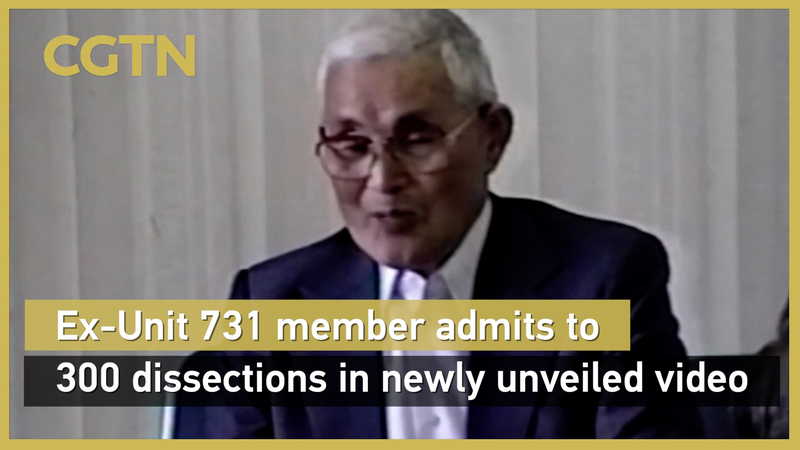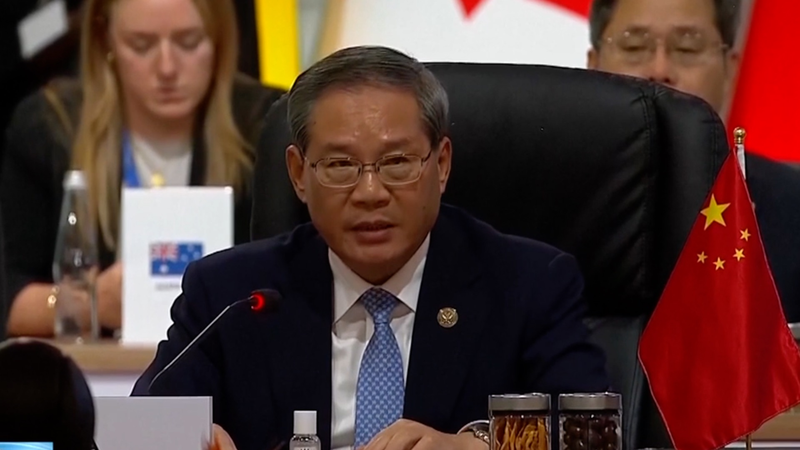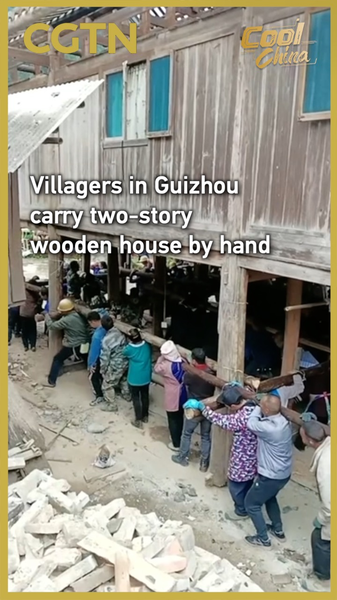Hushed whispers filled the Unit 731 Evidence Hall on July 7 as a newly unveiled 83-minute video flickered to life. For the first time on the Chinese mainland, audiences watched former Unit 731 assistant technician Masakuni Kurumizawa deliver a chilling confession. This unveiling coincided with the 88th anniversary of the Lugou Bridge Incident, widely recognized as the start of Japan’s full-scale invasion of China.
Recorded in August 1991 in Iida City, Japan, Kurumizawa’s complete testimony peels back decades of silence around one of WWII’s darkest chapters. In stark detail, he admits to performing at least 300 human dissections and recounts live experiments and biological warfare tests targeting civilians and prisoners.
Unit 731, established by the Japanese Imperial Army, operated in northeast China from 1937 to 1945, conducting secretive experiments under the guise of scientific research. Kurumizawa’s video offers rare, data-driven insight into the scale and brutality of these human rights violations.
For young global citizens, entrepreneurs, and changemakers, this disclosure serves as a powerful reminder: confronting uncomfortable truths can drive accountability and prevent history from repeating itself. By blending firsthand testimony with hard numbers, the exhibition bridges the gap between past atrocities and today’s conversations on ethics, science, and human dignity.
As emerging technologies and global challenges reshape our world, preserving testimonies like Kurumizawa’s ensures that memories of wartime abuses remain vivid. When history is remembered in full, it fuels collective action for a more humane future.
Reference(s):
Ex-Unit 731 member admits to 300 dissections in newly unveiled video
cgtn.com




